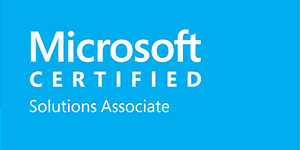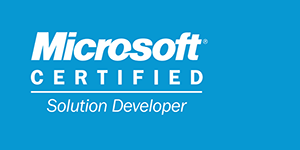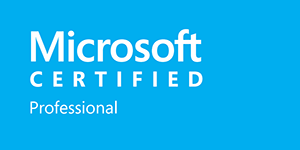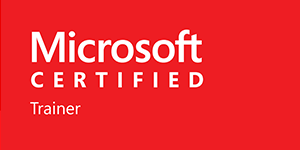Exploring GitHub Flow for Continuous Delivery
GitHub Flow is a lightweight Git branching model designed for simplicity and speed, making it an excellent choice for teams practicing Continuous Delivery or Deployment. It uses a minimal branching strategy that revolves around the main branch** as the central integration point for all changes.
Core Principles of GitHub Flow
Single
main** Branch:** Themainbranch is always deployable and represents production-ready code.Short-Lived Feature Branches: Each feature or fix is developed in a dedicated branch created from
main.Pull Requests (PRs): Code changes are merged into
mainvia a pull request after review.Automated CI/CD: Every merge into
maintriggers automated testing and deployment pipelines.
Workflow: Step-by-Step
1. Create a Feature Branch
Start with the latest
mainbranch:xxxxxxxxxx21git checkout main2git pull origin mainCreate a new branch for your feature or fix:
xxxxxxxxxx11git checkout -b feature/add-login-page
2. Work on the Feature
Make your changes and commit them locally:
xxxxxxxxxx31echo "<h1>Login Page</h1>" > login.html2git add login.html3git commit -m "Add login page structure"3. Push the Feature Branch
Push your branch to the remote repository:
xxxxxxxxxx11git push origin feature/add-login-page4. Open a Pull Request
In GitHub, open a pull request (PR) from the
feature/add-login-pagebranch tomain.Collaborate with team members by discussing and reviewing the code.
5. Merge the Pull Request
Once the PR is approved and tests pass, merge it into main via GitHub's interface:
Use Squash and Merge or Merge Commit based on your team's preference.
6. Deploy from main
The CI/CD pipeline automatically deploys changes from the main branch to production.
7. Delete the Feature Branch
Clean up by deleting the feature branch locally and remotely:
xxxxxxxxxx21git branch -d feature/add-login-page2git push origin --delete feature/add-login-pageExample Workflow with Commands
xxxxxxxxxx181# Step 1: Create a feature branch2git checkout main3git pull origin main4git checkout -b feature/add-login-page5
6# Step 2: Make changes and commit7echo "<h1>Login Page</h1>" > login.html8git add login.html9git commit -m "Add login page structure"10
11# Step 3: Push the branch12git push origin feature/add-login-page13
14# Step 4: Open a PR on GitHub and merge after review15# Step 5: Deploy automatically via CI/CD pipeline16# Step 6: Delete the feature branch17git branch -d feature/add-login-page18git push origin --delete feature/add-login-pageCI/CD Integration Example
A typical CI/CD pipeline for GitHub Flow automatically runs tests and deploys code after each merge into main.
Below is an example configuration using GitHub Actions.
GitHub Actions CI/CD Workflow
xxxxxxxxxx221nameCI/CD Pipeline2on3 push4 branches5main6jobs7 build-and-deploy8 runs-onubuntu-latest9 steps10nameCheckout code11 usesactions/checkout@v312nameSet up Node.js13 usesactions/setup-node@v314 with15 node-version'16'16nameInstall dependencies17 runnpm install18nameRun tests19 runnpm test20nameDeploy to production21 ifsuccess()22 run./deploy.shAdvantages of GitHub Flow
Simplicity: A minimal branching strategy makes it easy to understand and adopt.
Rapid Deployment: Encourages continuous integration and deployment.
Collaboration: Pull requests foster collaboration and improve code quality.
Automation: Seamlessly integrates with CI/CD tools for automated testing and deployment.
Challenges of GitHub Flow
No Long-Term Support: Doesn't handle multiple versions or long-lived branches well.
Risk in Incomplete Work: Requires discipline to avoid merging incomplete or unstable features into
main.Dependency on CI/CD: Relies on robust CI/CD pipelines to maintain stability.
When to Use GitHub Flow
Best For:
Teams focused on Continuous Deployment.
Projects with frequent, incremental updates.
Small to medium-sized teams.
Not Ideal For: Projects with multiple concurrent releases or strict versioning requirements.






















Leave a Reply